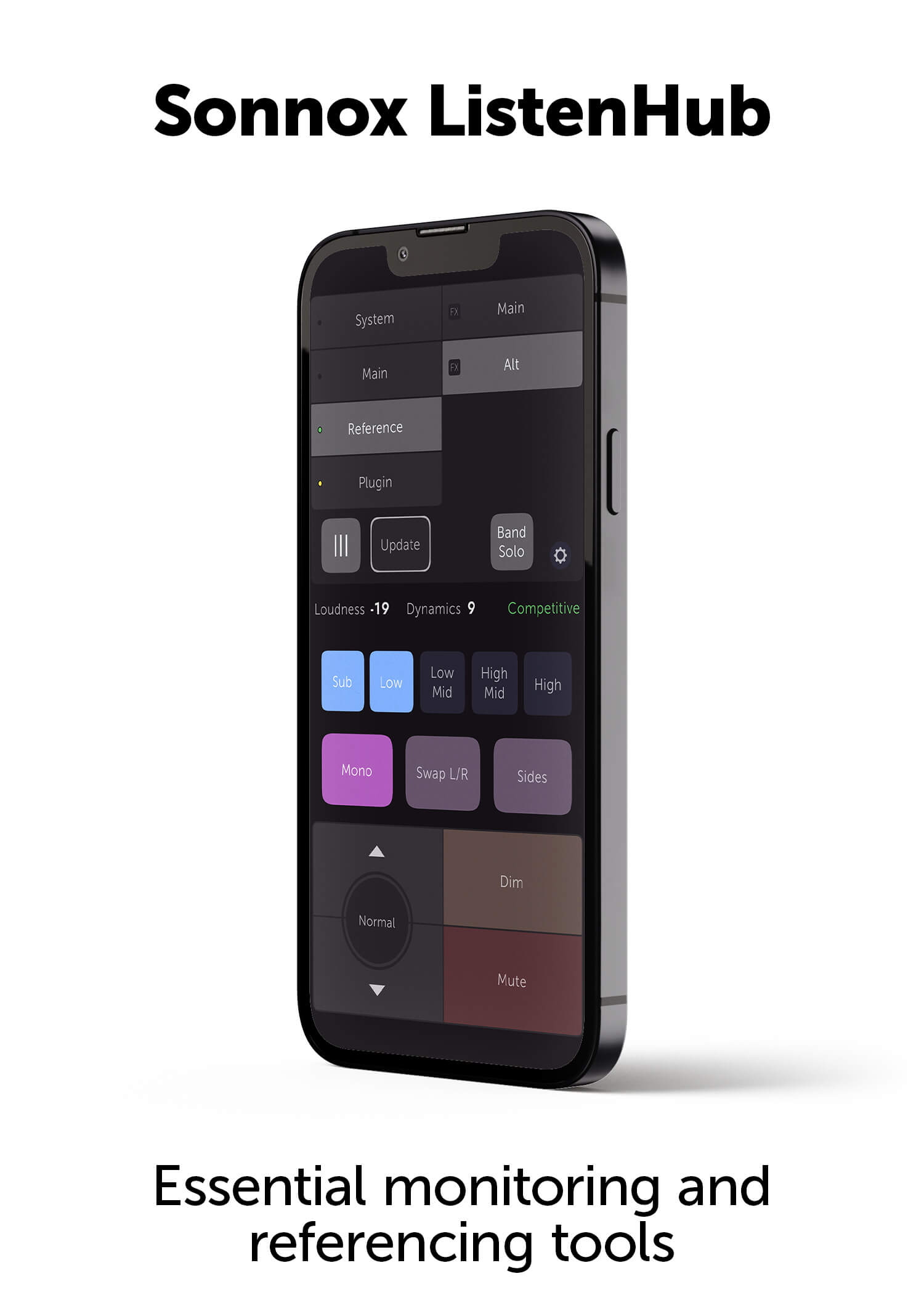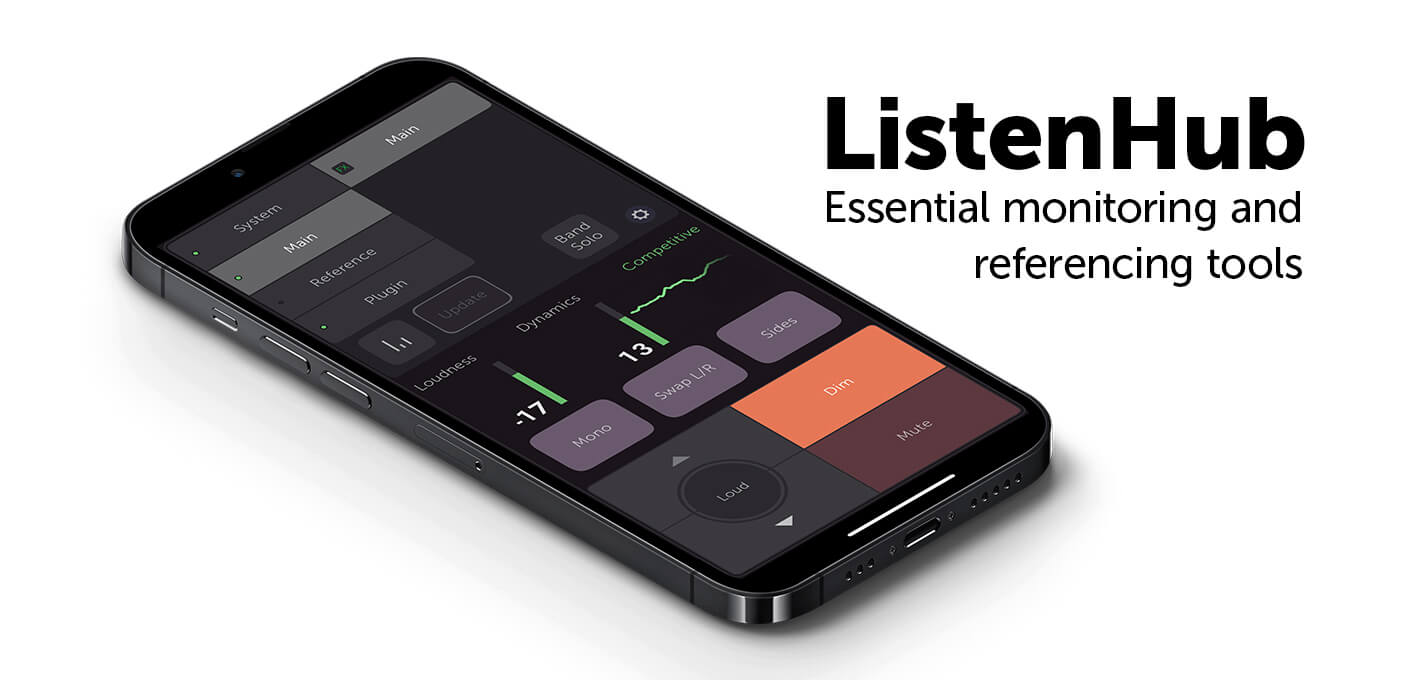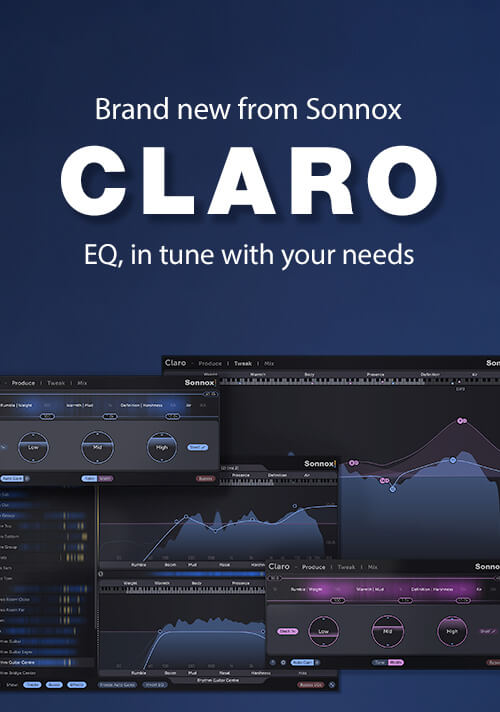Achieving The Ultimate Vocal With Peter Moshay

For this tip, we caught up with multi-platinum, Grammy Award winning engineer/mixer Peter Moshay. His long list of credits includes Hall & Oates, Barbra Streisand and B.B. King. Most recently, he's been on the road and in the studio recording and mixing the hit series "Live From Daryl's House," featuring Daryl Hall with a myriad of guests ranging from Keb Mo and Cee Lo Green to Dave Stewart and Todd Rundgren. We asked him a few questions about his favourite way to get a great vocal sound.
With artists like Daryl Hall, what is your basic vocal approach?
Daryl is very picky about his sound. He wants to hear back all the dynamics he puts in, and he works the mic like a near perfect compressor. The compression that works best on him is a very gentle 2:1 or 3:1 soft knee VCA style because you don't need to control as much as just a gentle "tuck" on loud parts. The Oxford compressor emulates the old DBX 160X but is even better. The signal remains intact with no sonic degradation. I just put on a touch of Sonnox SuprEsser in there to de-ess and tame any sibilance. Often I'll use 2 de-essers, one at the start of my chain and another at the end because there tends to be 2 different places to hit - pre compression & post compression. This lets me get the vocal sitting up front in the mix without any annoying extraneous sounds poking you in the ear.
How important is the headphone mix to a good vocal production?
Headphone & monitor mixes are the MOST important part for any performance. If your singer or artist isn't inspired by what they hear, their performance won't be inspiring. I do not take getting a headphone mix lightly. I get it right so the artist tells me it's the best they've ever heard.
If you're the engineer in a session, ask yourself this "What would I want to hear?" I've seen engineers rush through the headphone mix process thinking, "just make it happen and get working", this is a terrible shame. Get the effects & vocal tone perfect for the singer. Inspire them! Take your time to get it so it makes them motivated to deliver their best possible performance, that's what you'd want if you were singing.
Which Sonnox plug-ins do you rely on to get your vocals to punch through a mix?
I use the Oxford Reverb, Dynamics, EQ and SuprEsser. Also, I find that using the Oxford Inflator (Exciter Plugin) will give me the 'full-bore' sound that's often needed for modern dense productions.
Since DAWS now have so much power & delay/latency compensation, I can have many inserts on my vocals without trouble. A good technique I use is to just split the vocals onto individual tracks and process them differently for each part of the song.
For example, you can take the vocal Intro and keep it very open and intimate - with just a little processing. I'll add a small ambience to liven it up. Next, with the vocal verses, I'll use a medium compression, some SuprEsser and Oxford Reverb Plate with pre-delay. Then, in the chorus, I'll use an 'in your face,' cut thru the track compression, add some Inflator, and a big wide pre-delayed Oxford Hall setting to get maximum drama out of the vocal. It just lets you mix each part independently for the best sounding production.
Interview and editorial provided by Rich Tozzoli




